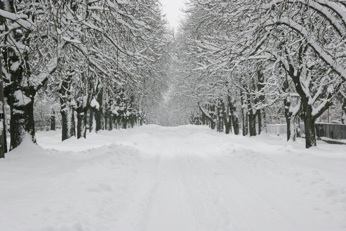

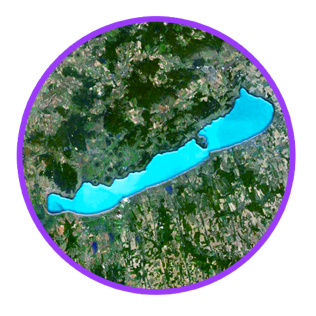

8636 Bagolyvár utca 19, Balatonszemes, Hungary
Budapest felöl autóval:
-
1.kövesse az M7-es autópályát a déli parthoz (130 km)
-
2.vegye a Balatonöszöd / Balatonszemes kijáratot
-
3.a körforgalomnál balra Szemes felé
-
4.a Szinbád Hotelnél jobbra az Árnyas Fasoron a T elágazásig
-
5.Bagolyvár utcán jobbra és Villa Iluszion a
-
saroktól a második ház
From Budapest by car:
-
1.follow the M7 freeway to the southern shore (130 km)
-
2.take the Balatonöszöd / Balatonszemes exit
-
3.go left at the roundabout towards Szemes
-
4.take right at Szinbád Hotel to Árnyas Fasor until T
-
5.turn right on Bagolyvár utca and Villa Iluszion
-
is the second house from the corner
M7
M7

google map


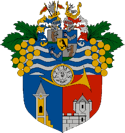
Balaton-szemes története • History of Balaton-szemes
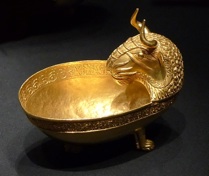
A SZEMES név minden bizonnyal őrhely szerepére utal, ugyanis az ókortól itt haladt a Balaton déli partját követő kereskedelmi- és hadiút, melyet figyelni kellett.
Az őskor óta lakott terület. A mai temetőben található hatalmas halomsír vaskori eredetű, melybe minden bizonnyal egy előkelő személy hamvait temették. Az ókorból maradt régészeti leletek bizonyítják, hogy éltek itt kelták és rómaiak is.
A honfoglalástól kezdve magyarok lakták. Itt távolodott el a Balaton partjától délnyugatnak a Dunától az Adria felé tartó fontos főútvonal, s így mint kitüntetett és jól védhető pont a régi időktől fogva megerősített hely volt.
A mai Bagolyvár helyén még a középkorban is földvár állt (Bolondvár néven), mely a török időkben a végvári láncolat részét képezte, s mint ilyen hol a magyarok, hol a törökök kezére került, többször lerombolták, majd újra megerősítették.
A jelenlegi Bagolyvár nevű épület – a Villa Iluszion-nal szemben – 1898-ban mint az első szemesi nyaraló épült az egykori erősség helyén, romantikus-neogótikus stilusban, tornyokkal és még egy várárok is körülvette. A jelenlegi tulajdonosa ezt lecserélte egy teniszpályára néhány éve.
A gyönyörü gesztenyefa sor ami a Bagolyvár utcát árnyékolja a 30-as években lett telepítve, amikor a villák többsége is épült.
Ez az utca a nagy Balatoni Kerékpárút része.
The SZEMES name (translated "with EYES") all certainly refers to a lookout role, because since antiquity here following the southern banks of the lake Balaton was a trade and military road, which ought to have been observed.
Inhabited area since the paleolithic. The still used cemetery has a burial ground from the Iron Age where a most likely noble person's grave was discovered. Archeological evidence proves the residence of Celts and Romans.
Inhabited by Hungarians since the occupation of the homeland. At this point shove off an important arterial route from the shore of the lake Balaton to South-West, leading from the Danube river to the Adriatic Sea, as such significant and well protected point it was a fortified place since ancient times.
On the spot of the contemporary Bagolyvár (translated “Owl’s Castle”) stood a hill fort in medieval times (it was called Bolondvár, translated: Fool’s Castle), this fort was part of the chain of fortifications during the Ottoman occupation, and such alternately held by Hungarians and Turks, many times destroyed, rebuilt and fortified.
The current building called Bagolyvár – right across from Villa Iluszion – was built in 1898 on the place of the fort as the first villa in Szemes in Romantic- Neo-gothic style architecture, with towers and it even had a moat. The current owner replaced it with a tennis court few years ago.
The remarkable row of chestnut trees overshadowing Bagolyvár street were planted in the early 30’s, when most of the villas were built.
This street is part of the great Balaton Cycling Route.


Ottoman Sultan,
Suleyman the Magnificent
földvár tipusú erödítmény
• a typical hill fort
honfoglalás kori ivócsanak
• drinking vessel from the occupation of the homeland times
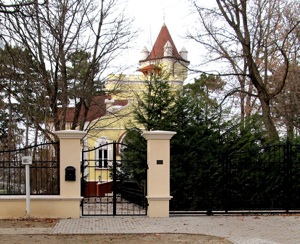
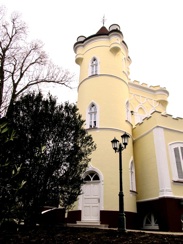

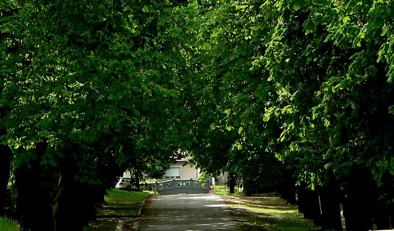
Bagolyvár • The Owl’s Castle
Bagolyvár utca nyáron és télen • Bagolyvár street in the summer and winter

Balatonöszöd
Balatonszemes






LAKE BALATON


Lake Balaton is the largest freshwater lake in Central Europe, and one of its foremost tourist destinations.
The mountainous region of the northern shore is known both for its historic character and as a major wine region, while the flat southern shore is known for its resort towns, but also a significant wine region.
The microclimate around Lake Balaton has made the region ideal for viniculture. The lake, acting as a mirror, greatly increases the amount of sunlight that the grapevines of the region receive.
The Mediterranean climate, combined with the soil (containing volcanic rock), has made the region notable for its production of wines since the Roman period two thousand years ago.
The Romans called the lake Lacus Pelso ("Lake Pelso").
Balaton a legnagyobb édesvizü tó Középeurópában, és egyike a legfontosabb túrista központoknak.
Az északi part hegyes vidéke történelmi karakteréröl és értékes borvidékéröl ismert, mig a sík déli part mint üdülö terület, de szintén jelentös mint borvidék.
A Balaton körüli mikroklíma a bortermelésre ideális. A tó mintegy tükörként nagyban megnöveli a napfény mennyiségét a környezet szölöinek javára. A mediterrán klima és vulkánikus talaj miatt a Római kor óta híres borvidék kétezer éve.
A rómaiak Lacus Pelso-nak hívták a tavat.


